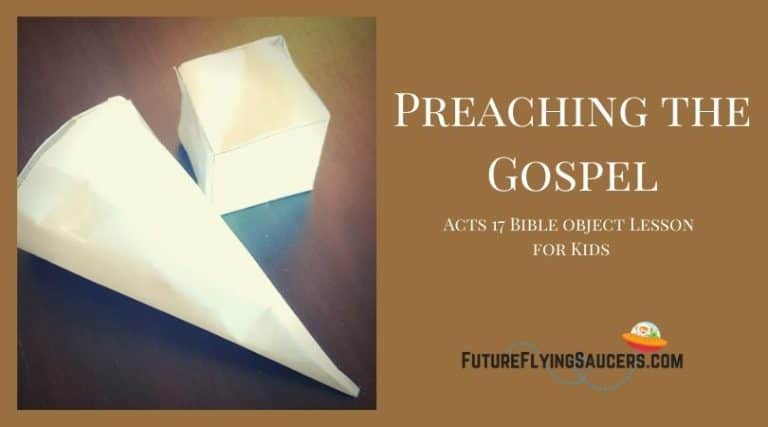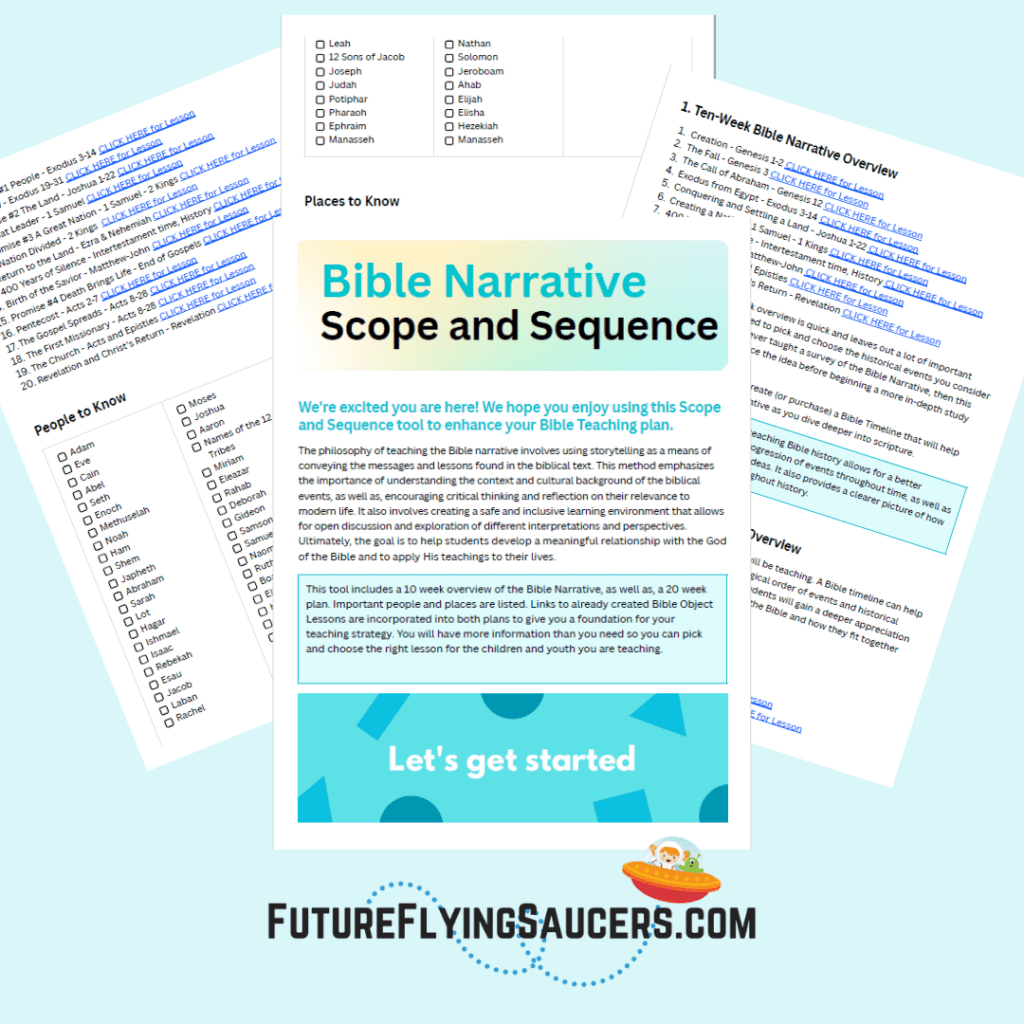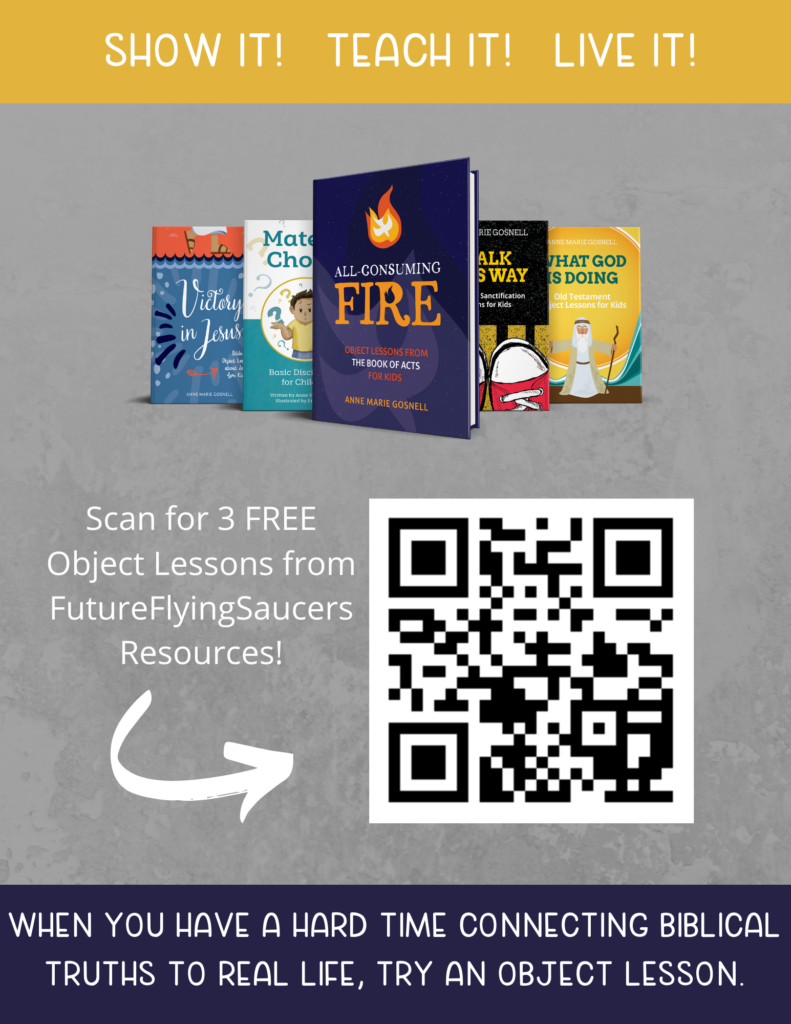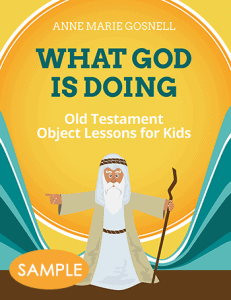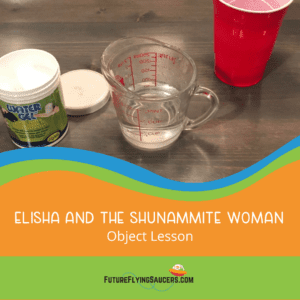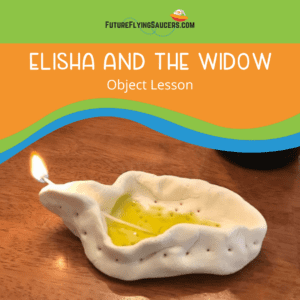Share with your friends!
When people hear the gospel, they can respond in different ways. Use this Acts 17 Bible lesson and discuss how three different cities reacted to Paul’s preaching of the gospel.
Scripture Focus: Acts 17
Materials:
- 3-D solids of a cube and a cone (Use the following patterns to create your own if you need them: CUBE; CONE)
Geography: Thessalonica, Berea, Athens
Background: Paul is on his Second Missionary Journey with Silas. Paul went to Lystra and invited Timothy to join them. They then went to Troas after the Spirit told them to not go to Asia and a vision sent them to Macedonia. In Philippi they met Lydia, and the church began with her and her household believing in Jesus. After healing a servant girl from a demon, Paul and Silas were put in jail illegally. After the town leaders realized their mistake they asked Paul and Silas to leave quietly.
Object Lesson for Acts 17:
{Hold up the cube. Ask:}
- What is this? [a cube]
- When I hold it this way, what can you see? [Hold it so they can see just a square; then turn it to see it on the point, and then the edge; discuss that, for the most part, a cube looks the same, or similar, no matter what angle]
{Hold up the cone. Ask:}
- What is this? [a cone]
- When I hold it different ways, what do you see? [Hold it so only the circle can be seen, then the long side, and then the point; discuss how different each view is.]
If you look at this cone from different perspectives, then it looks very different. Even the cube looked slightly different at different points of view, but it was more similar than the cone. But the cube was still a cube and the cone was still a cone even if we looked at them from different angels. Our points of view did not change the truth that we were looking at a cube and a cone.
Bible Lesson for Acts 17:
{Read Acts 17: 1-9.}
Paul, Silas, and Timothy went to Thessalonica. The first place they went was the synagogue. For three Sabbaths, Paul reasoned with the people.
{Ask:}
- What were the results of Paul’s preaching at first? [Some were persuaded to believe; a great group of the Greeks believed; many leading women believed; and they all joined Paul and Silas]
- Who got upset? [The Jews who were *not* persuaded caused a riot.]
- What were the disciples accused of? [Turning the world upside down]
There was a disciple named Jason. Some jealous Jews attacked his home and dragged Jason and a few others into the city square. After being accused of housing the ones who were turning the world upside down and of going against the Caesar saying there is another king, Jesus, Jason and the others were let go after paying bail to the city.

{Read Acts 17:10-15.}
Paul and Silas left during the night and went to Berea. Again, they went to the synagogue of the Jews.
- How did this city respond? [received the gospel with readiness; the people were fair-minded, or noble minded; searched the scriptures for themselves; many Jews believed; many Greeks and prominent women and men believed.]
What a great thing! But then the Jews from Thessalonica came to town. They began to stir up the crowd. The new church sent Paul away by ship, but Silas and Timothy stayed behind.

{Read Acts 17: 16-23; 32-34. Ask:}
- How did Paul feel when he looked around Athen? [Paul looked around the city of Athens and was saddened by the idolatry he saw.]
- Where did Paul go first? [to the synagogue]
- Who wanted to hear more from Paul? [Epicurean and Stoic philosophers]
- What did they call Paul? [a babbler]
- Where did the philosophers take Paul? [the Areopagus]
Paul traveled to Athens. Once he arrived he sent word back to Silas and Timothy for them to join him. Paul went to the synagogue and started to reason with the Jews and Gentile worshipers. He also went into the market place daily. He had noticed that there was a temple that had been built to The Unknown God. Once he was up on the Areapagus, or Mars Hill, he told the people that His God had made all of the stone, gold, or silver used to “make” their gods. Paul explained that God was the Creator of all things. He told the people to repent and know that the world would be judged by the Man whom God raised from the dead.
{Ask:}
- How did these people respond? [when people heard about the resurrection, some mocked – others asked to hear more; some men joined Paul and believed.]
After Paul finished and he was mocked, he left Mars Hill.

Life Application of Acts 17:
{Show the cube and the cone.}
When we look at these, no matter what angle we see them, they are still a cube and a cone. What is different is our perception of what we are seeing.
Paul taught people about Jesus, and even though he might have used different words, he still shared the gospel. But these three towns reacted differently to the same truth.
There were in Thessalonica those who believed, but then some Jews became jealous. They had heard the same words, the same gospel, and reacted differently.
The Bereans responded to the gospel by searching the scriptures themselves and seeing the Truth of Paul’s reasoning. This allowed their knowledge to be stretched and their faith to grow and, therefore, many believed in Jesus. They reacted differently than the Thessalonians.
The Greeks in Athens loved knowledge. They wanted to know many different ideas. They loved logical thinking.The problem with too much logic, or reasoning, is that it does not allow for faith. Paul used logic and reasoning of the scriptures with them to present the gospel.
The Athenians were so concerned about thinking that they couldn’t grasp the concept of there being a resurrection. Coming back to life is not logical. It is not supposed to happen. They did not understand that God, who created life, could control death and life.
Is knowledge important? Absolutely! We must learn so that we are prepared for whatever type of ministry God wants us to do. But if all we know is facts, even facts about the Bible, then our hearts will not grow in faith. Our hearts will not change. Head knowledge must become heart knowledge.
{Ask:}
- What do you think it means to “turn the world upside down”? [To influence people to begin doing the opposite of what they were doing.]
- How were Paul and Silas doing this? [They were teaching the gospel of Christ, so repentance was doing the opposite of what sinners were doing.]
- How can you turn the world upside down for God? [Make sure that I have repented of my sins and then go tell others how they can repent as well.]
What can we learn from Paul’s messages to these three cities? When the gospel is presented to us we can respond without thinking, like the jealous Jews; or, we can respond with only thinking and no faith, like the Athenians; or we can respond with thought and faith, like the Bereans. Which way do you respond to the gospel?

